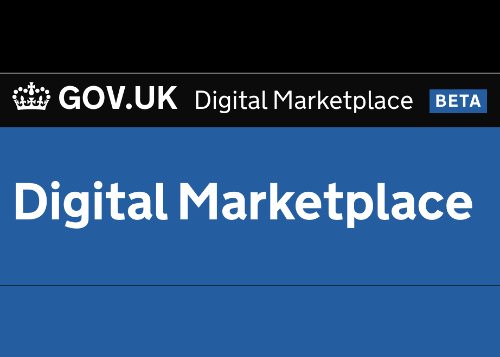In the first part of this series, we discussed what general considerations you’ll need to take into account when designing a questionnaire.
But, optimal questionnaire design for school nurses requires specialised knowledge. It isn’t enough to simply design using the generic best practice. There are industry-specific considerations for health questionnaire design.
In this second part of the series, we will guide you in the right direction. Use our 7 top tips to perfect your health questionnaire design – and see how much of a difference just a few changes can make! So, without further ado, here are they are:
Update Your Health Questionnaire Design and Get the Most Out of Your Needs Assessments
1. Set clear goals
You may be raring to start asking questions and solving problems. But, often, the best place to start with health questionnaire design is not by simply writing questions for your subjects. You need to understand what you’re looking for. To do this, ask yourself questions, first.
What are your goals? What population, or subset of the population, will you be interrogating? What issue are you targeting?
For school nurses, the overall scope of these questions are somewhat reduced. After all, you are targeting care at school children, which reduces the potential age range significantly. But even within this group, there are a range of demographics. Ensure you have chosen a population, and a target issue. The local authority datapacks on Indices of Multiple Deprivation are a great starting point, to isolate local trouble areas.
2. Design age-specific content
Remember that the scope of HNAs can be widespread, across a range of ages. With this in mind, it’s important that your questionnaires reflect the age of the children being surveyed.
To optimise health questionnaire design, you will need to ensure that there are age-appropriate questions and instructions. For younger children, you could even use videos to deliver instructions – these are easier to view than text.
3. Use conditional questions to keep it neat
Conditional questions are a great feature of online health questionnaires. They mean that you can choose only to display a question if a child has given a given answer in a previous question.
For example, if there was a question “How often do you eat breakfast?”. You may have a later question asking “What do you eat for breakfast?”, but if there are children who don’t eat breakfast at all then there is little point in showing this to them. Use conditional questions to improve overall user experience.
4. Group themes of information requirement together
By grouping common questions together, you help construct a logical flow in your needs assessment questionnaire design. This makes answering the questionnaire easier for the user, and allows for more ready comparisons of like data-points.
5. Avoid ‘fluff’ questions (which contain info already known)
Another important consideration for your health questionnaire design is to keep it short and to the point. There is going to be much data that you already have access to, through GP records or previous contact.
Don’t waste important space, and disrupt your questionnaire flow. Keep it only to what you need to know.
6. Use secure servers (personal health data)
Although there are a host of third-party survey software providers, many of these are simply unsuitable to use for personal health data.
Only use the most secure data-servers, in line with NHS Digital recommendations.
7. Require answers in english
Although questionnaires can be distributed in other languages, it’s important to remember that answers are required in english. Analysing the information can be a difficult task when you don’t understand what’s been written!
Some programmes, such as Google Translate, may offer translation services for users. But caution should be exercised when using these to convey health data! Single-word translations can miss some of the nuance of contextualised translations.
Still Need More Guidance?
We have previously published a post regarding the best methodologies for Health Needs Assessments – you can read it here!
Alternatively, if you want to find out – in more general terms – about the features SchoolScreener can offer to improve your HNAs, please visit here!
For more information on SchoolScreener, please click the links below.
SchoolScreener Health Needs
SchoolScreener NCMP
SchoolScreener Vision/SchoolScreener Hearing
SchoolScreener Imms









